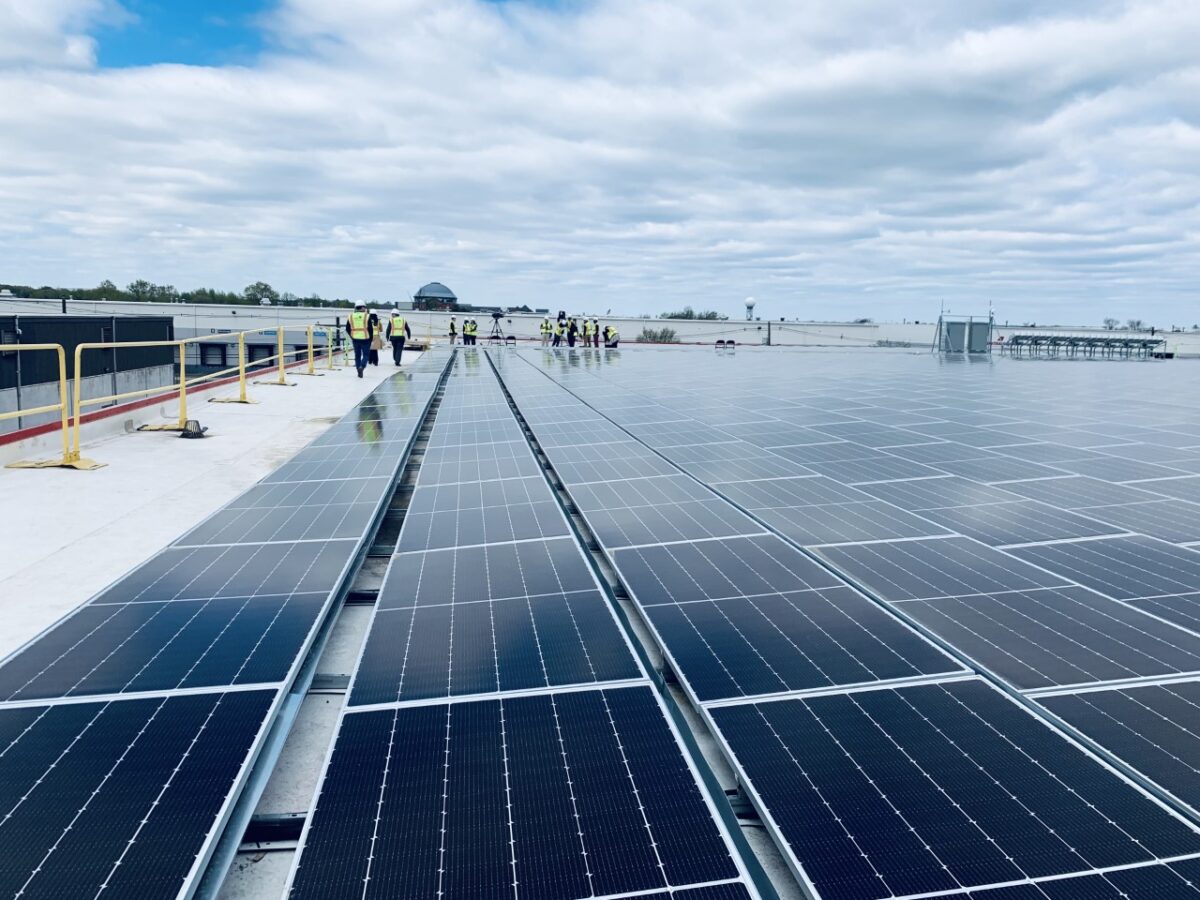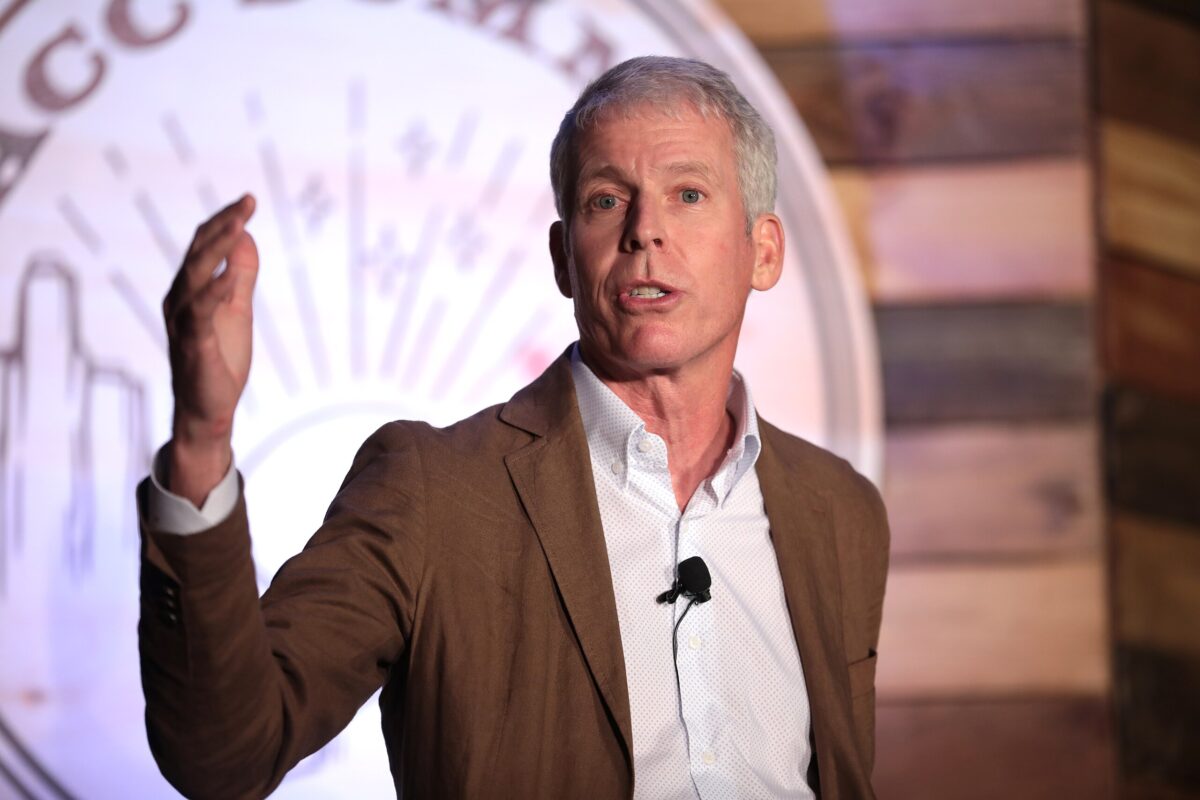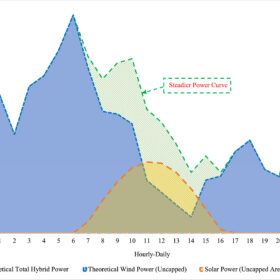New Jersey Governor Phil Murphy announced the release of the state’s Energy Master Plan (EMP). The 2024 EMP relies on the continued, measurable expansion of solar power as an essential mechanism for achieving the state’s mandated 100% Clean Energy Standard (CES) by 2035.
The plan positions solar deployment not as an aspirational goal, but as a defined policy requirement with quantifiable targets across multiple market segments.
New Jersey currently reports a total installed solar capacity exceeding 5 GW. The EMP confirms that an additional 1 GW of projects is active in the state’s interconnection pipeline.
To support the 2035 clean energy standard deadline, the EMP calls for an aggressive market growth path with an established target of 750 MW of new solar capacity to be installed annually through the year 2026. This target is allocated across specific project types, including 300 MW of net-metered solar, 150 MW of community solar, and 300 MW of grid-supply projects.
“This report is the culmination of our no-regrets strategy to tackling the challenges of energy affordability, supply and demand, and climate change,” said Governor Phil Murphy. “I am proud of all that we’ve been able to achieve to make our energy sector cleaner and more efficient over the past eight years.”
The financial and policy structure supporting this growth is anchored by the Successor Solar Incentive (SuSI) Program, which implements the mandates of the Clean Energy Act of 2018 and the Solar Act of 2021. The SuSI Program replaced the market-volatile Solar Renewable Energy Certificate (SREC) program with a stable, fixed-price incentive called the Solar Renewable Energy Certificate-II (SREC-II).
The incentive value, which varies based on project size and type, is guaranteed for a term of 15 years, providing financial certainty for developers and investors. The program is separated into the Administratively Determined Incentive (ADI) for projects 5 MW or less, and the Competitive Solar Incentive (CSI) for larger grid-supply projects, ensuring both market growth and cost-effectiveness for ratepayers. Projects sited on developed areas, such as rooftops, carports, and contaminated brownfields, receive preference and higher incentive values under the ADI structure.
Expansion of the commercial and industrial sector capacity is addressed through a building mandate. Assembly Bill 3352 (P.L. 2021, c. 290) requires all newly constructed warehouses of 100,000 square feet or greater to be built as solar-ready buildings. The law stipulates that the warehouse must reserve a solar-ready zone equivalent to at least 40% of the roof area for the future installation of solar photovoltaic or thermal systems. This policy recognizes the rapid growth of the state’s logistics sector and strategically converts large, flat roof expanses into critical sites for distributed generation, mitigating pressure on undeveloped land.
The plan emphasizes equity through the Community Solar Program, which has transitioned from a pilot to a permanent, regulated mechanism. The program enables subscribers to receive a bill credit for their share of generation from a remote array, providing access to residents who are renters, live in multi-family housing, or have unsuitable roof conditions.
The rules for this program impose a requirement that a minimum of 51% of each project’s capacity must be subscribed by Low- and Moderate-Income (LMI) households. LMI subscribers are defined as households earning 80% or less of the area median income. These customers are guaranteed a minimum discount of 15% on the value of their solar bill credits, with many projects offering higher discount rates.
Over the course of the state’s community solar pilot, 500 MW of solar projects served more than 28,000 subscribers and generating over $37 million in collective bill credits. The state has committed to developing an additional 3 GW of community solar capacity by 2030, with a target of at least 150 MW of community solar facilities annually, to sustain this growth and deliver energy savings directly to environmental justice communities.
The state’s Energy Master Plan solar requirements extend beyond capacity figures. The plan emphasizes the need for grid modernization to handle the high penetration of intermittent solar and wind resources. While solar power provides reliable generation during typical day-time conditions, its inherent intermittency necessitates investments in battery energy storage and dynamic grid controls.
The integration of over 5 GW of existing solar and the planned addition of thousands of new megawatts requires system enhancements to maintain reliability and manage bidirectional power flow. The state’s reliance on solar to achieve 17 GW of total solar capacity by the 2035 clean energy deadline confirms solar’s position as the single largest capacity contributor in the state’s decarbonization strategy.
This content is protected by copyright and may not be reused. If you want to cooperate with us and would like to reuse some of our content, please contact: editors@pv-magazine.com.









By submitting this form you agree to pv magazine using your data for the purposes of publishing your comment.
Your personal data will only be disclosed or otherwise transmitted to third parties for the purposes of spam filtering or if this is necessary for technical maintenance of the website. Any other transfer to third parties will not take place unless this is justified on the basis of applicable data protection regulations or if pv magazine is legally obliged to do so.
You may revoke this consent at any time with effect for the future, in which case your personal data will be deleted immediately. Otherwise, your data will be deleted if pv magazine has processed your request or the purpose of data storage is fulfilled.
Further information on data privacy can be found in our Data Protection Policy.